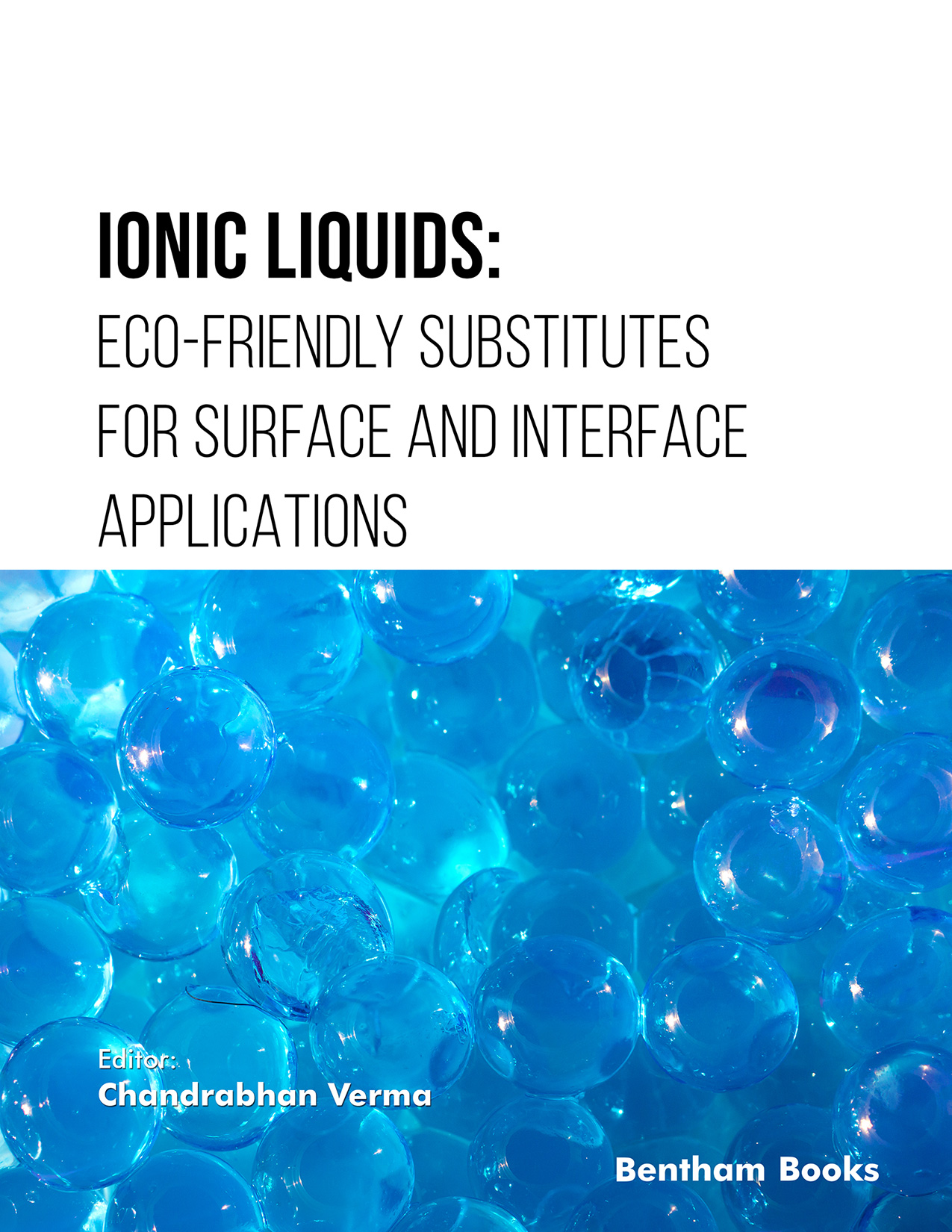Introduction
Ionic Liquids: Eco-friendly Substitutes for Surface and Interface Applications explores the growing interest in utilizing ionic liquids as sustainable alternatives for various industrial and biological applications. With their unique properties and environmentally friendly nature, ionic liquids have emerged as promising substitutes for toxic and volatile solvents, offering significant advantages in surface and interface chemistry.
This book is divided into two parts: Part 1 covers the basics of ionic liquids, their surface/interface properties, and interactions with metallic surfaces. Part 2 focuses on the wide range of surface and interface applications of ionic liquids, including wastewater treatment, corrosion protection, catalysis, separation processes, medical devices, and sensing applications.
Key Features:
• A complete book fully dedicated to the surface and interface chemistry of ionic liquids with seventeen chapters
• Covers fundamentals, recent progress, and applications in surface/interface chemistry
• Presents up-to-date research and interdisciplinary insights
• Includes relevant references and resources for further exploration
This is a valuable reference for scientists and engineers who want to learn about ionic liquids' chemistry and applications
Audience: Scientists, researchers, professors, engineers, and students in the fields of chemistry, materials science, environmental science, and chemical engineering.

